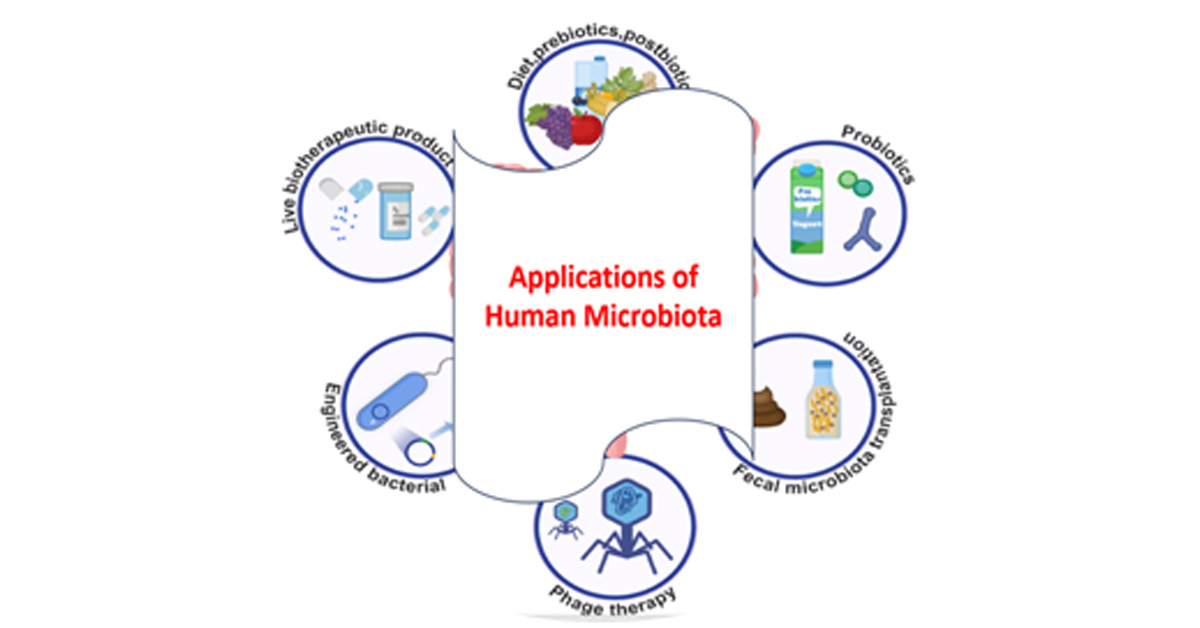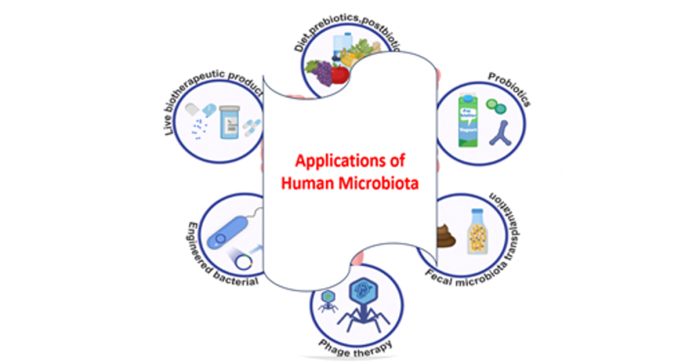Department of Pathology and Microbiology
Human Microbiome
Human Microbiome aka Invisible biological organ
• Number of bacterial cells in the human body is estimated to be around 38 trillion, while the estimate for human cells is around 30 trillion.
• Types of human microbiota include bacteria, archaea, fungi, protists, and viruses.
• Human microbiota contains more genetic information than human DNA &it weighs nearly 1.5 kg
• Human microbiota forms an invisible continuous living bio-shield of non-human origin that covers every square millimetre of skinand lines every orifice (including the respiratory, gastrointestinal, and urogenital tracts)
Human microbiome is useful in various ways (Human Microbiome Project 2012)
• Influences metabolic functions, including energy production&tissue growth.
• Aids in complex carbohydrate fermentation and absorption, provides a significant source of a range of essential vitamins (particularly thoseof the B and K groups)
• Regulates growth and development of innate and adaptive immune system
• Modulates the host’s immune response to resist infection and disease
• Neutralizes enteric pathogens, metabolizes and neutralizes dietary carcinogens
• Gut microbiome plays a role in the development of the brain, including the formation of the blood-brain barrier, myelination, and neurogenesis.
• Contributes to behaviour and mood, social interaction, personality development, reproduction and fertility.

Fortunately, homeopathy medicine does not harm the human microbiome, it is ecologically sustainable andverified clinically.
Dr. Annapurna
Assistant Professor
JIMS Homoeopathic Medical college
Muchintal, Hyderabad

